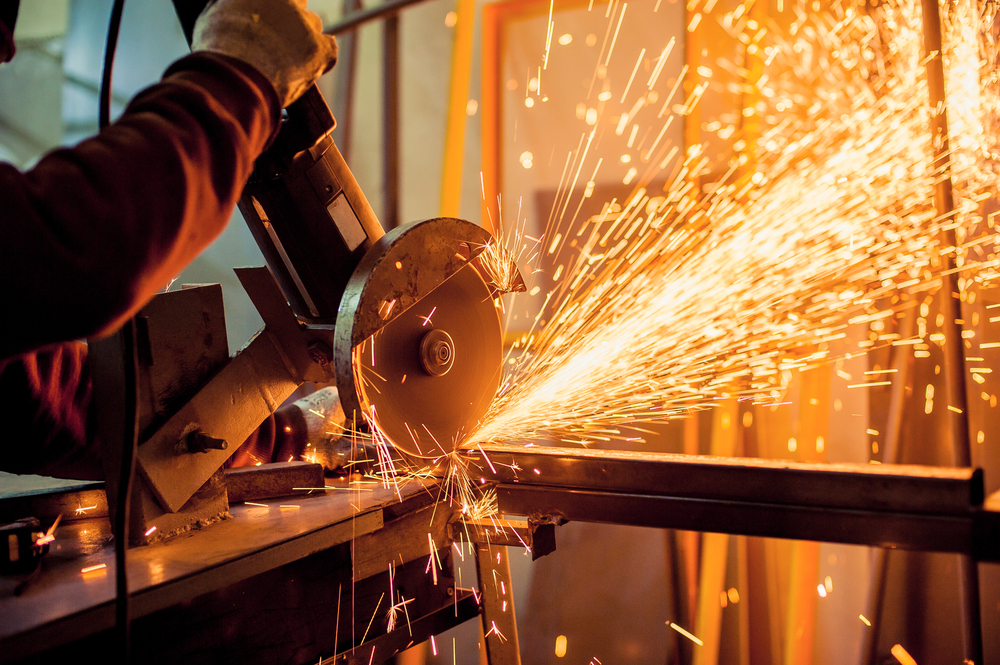In our latest installment of Ask the Expert, brought to you by the team of industry experts at EHS Hero®, we look at a recent question from a subscriber asking what the PPE requirements are for employees cutting stainless steel without adequate ventilation. See what the experts had to say.
Q: What are the PPE requirements for employees involved in cutting stainless steel with a plasma cutter when ventilation is not adequate?
In addition to the other customary PPE worn when cutting stainless steel with a plasma cutter, such as shaded safety glasses; leather work gloves or welding gloves; a long-sleeved natural fiber shirt, welding sleeves, or a welding jacket; and a face shield, a worker must wear a respirator if work practices and ventilation do not reduce fume exposures to safe levels.
Pursuant to the respiratory protection standard (29 CFR 1910.134), an employer is required to evaluate respiratory hazards in the workplace, identify relevant workplace and user factors, and base respirator selection on these factors. Respirators must be NIOSH-certified and be adequate to protect the health of the employee and ensure compliance with all other OSHA statutory and regulatory requirements, under routine and reasonably foreseeable emergency situations. Because your workers will need to be protected against metal fume (fine particulates) and gases produced during plasma cutting, you as the employer must provide either an atmosphere-supplying respirator or an air-purifying respirator. An air-purifying respirator may only be used if the respirator is equipped with an end-of-service-life indicator (ESLI) certified by NIOSH for the contaminant or, if there is no ESLI appropriate for conditions in your workplace, you must implement a change schedule for canisters and cartridges that is based on objective information or data that will ensure that canisters and cartridges are changed before the end of their service life. You must describe in your respiratory protection program the information and data relied upon and the basis for the canister and cartridge change schedule and the basis for reliance on the data. (See 29 CFR 1910.134(d)(3)(iii) for more information.)
Depending on the metals and coatings involved and whether the work is being done in a confined space, a supplied-air respirator may be required. See 29 CFR 1910.252, “General Requirements” for Welding, Cutting, and Brazing. Because hot work with stainless steel can generate fume that contains nickel and hexavalent chromium, a powered air purifying respirator or atmosphere-supplying respirator is commonly used and recommended. But again, you must base your respirator selection on an evaluation of the respiratory hazards in the workplace and your relevant workplace and user factors.
Finally, you may also want to consider using a mobile ventilation system that can be moved from place to place and has attachments that can reach into tight areas where normal ventilation may not be possible to reduce the fume hazards for your workers.
Ask the Expert is a service provided to subscribers of BLR®’s EHS Hero product, where experts are ready with answers to your organization’s unique questions surrounding EHS compliance. To learn more and request a trial of EHS Hero, click here.

